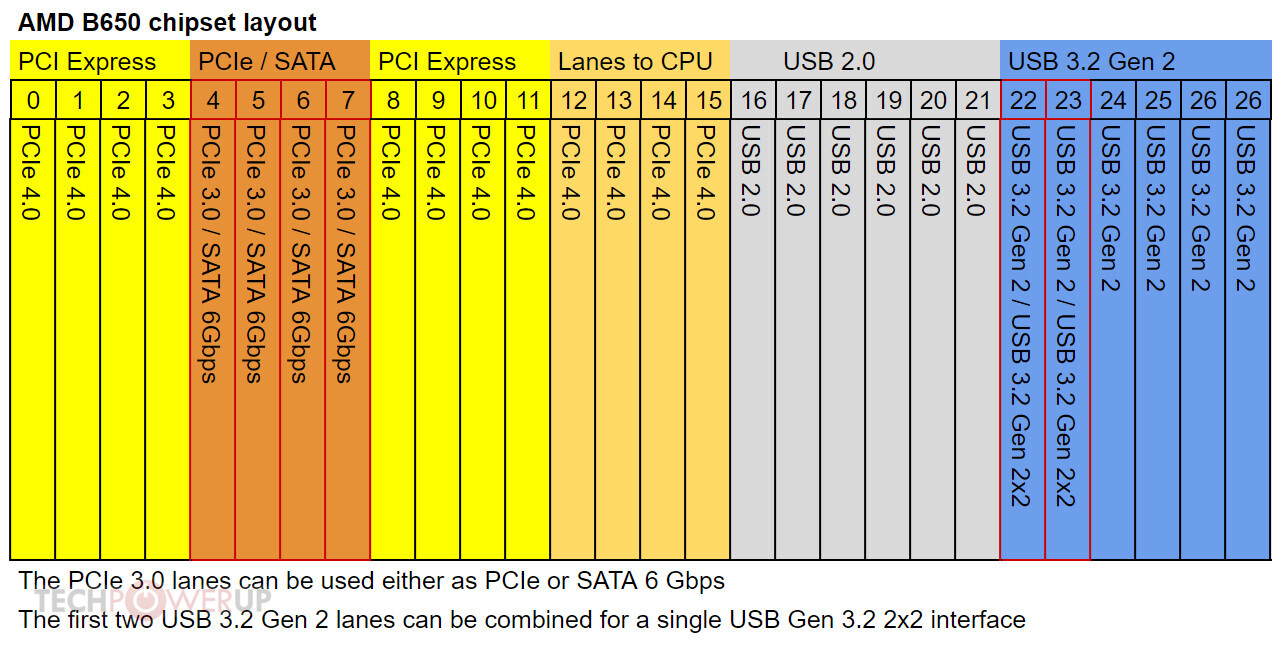- Joined
- Dec 6, 2022
- Messages
- 703 (0.74/day)
- Location
- NYC
| System Name | GameStation |
|---|---|
| Processor | AMD R5 5600X |
| Motherboard | Gigabyte B550 |
| Cooling | Artic Freezer II 120 |
| Memory | 16 GB |
| Video Card(s) | Sapphire Pulse 7900 XTX |
| Storage | 2 TB SSD |
| Case | Cooler Master Elite 120 |
Crap, i forgot about that!USB4 and Thunderbolt does DP Alt mode, so all you need is the right cable and you have at least one, if not two DP ports.
you are correct and actually its recommended to use a USB 4 to HDMI 2.1 cable or adapter to bypass the 4k/120Hz limitation under Linux.






